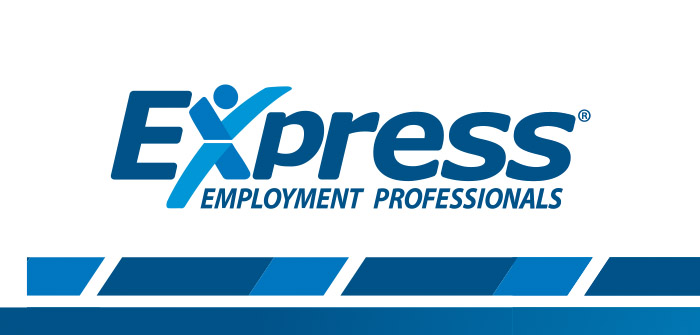Embracing Conflict and Differences to Create Next-Level Success
By James C. Price, February 28, 2022, Express Employment Professionals, Refresh Leadership Newsletter
Whether we like it or not, conflict is a major part of daily life in the workplace. And, how it is handled is the key to ensuring employee engagement, retention, and high levels of morale. According to a study by CPP Global, publisher of the Myers-Briggs Assessment, 85% of people say they experience at least some amount of conflict at work; and shockingly, 29% say they experience conflict nearly constantly. From personal differences and clashing values to poor leadership and unclear goals, the cause of conflict in the workplace runs the gamut. But while the context may differ, the outcome must be consistent to help facilitate growth and maintain productivity. By embracing conflict and inter-personal differences, organizations can begin bridging gaps and focus on the overall success of both individuals and the company as a whole.
Contributing Factors of Conflict in the Workplace
To fully realize the effects of unaddressed, unresolved conflict, it’s important to understand what type of conflict leaders may need to address between their team members, as well as management. In the CPP Global study, researchers uncovered that the number one factor of conflict at work was “clashes between personalities or egos (49%)”. And while differences of opinions and work styles can understandably create conflict, the next most observed causes can be directly related to a leader’s effect on their team.
Workplace stress: 49%
High workload, low support: 34%
Poor leadership: 29%
Dishonesty/not enough openness: 26%
Problems with line managers: 23%
Unclear roles: 22%
Pre-Conflict Approach to Mitigation
Before conflict arises, it’s important to address potential problem areas susceptible to conflict. While strife at work may be difficult to avoid, there are specific avenues leaders can take to help minimize negative possibilities.
Embrace Differences and Allow Open Dialogue
One characteristic of a strong, healthy team is diversity. While employing people of all backgrounds and experiences, a team can have a more broad, well-rounded approach to problem solving and creativity. However, although our differences can be one of our greatest strengths, it can also be an area for potential discord. Consider allowing space for open dialogue to air out differences in a safe, controlled environment. The purpose isn’t to create arguments, but to air out differences and build understanding in order to help mitigate future conflict.
Offer Conflict Management Training
One of the best ways to handle conflict is to be trained in conflict management before a problem arises. The CPP study found that 57% of workers have had some conflict training, and 95% of those individuals said the training helped them resolve conflict at work. And while 27% of employees were more comfortable with disputes after conflict management training, 85% of employees said the training helped them go through conflict without being offended.
Open the Lines of Communication
Having open dialogue between employees can help with potential interpersonal conflict; and allowing for stronger communication between leadership and employees can go a long way toward fixing conflict caused by stress, misunderstanding, disengagement, and low morale. Be clear with expectations, roles, and job requirements. Be open about the state of the company and allow employees to raise questions and concerns with an open mind. If poor leadership is the cause of most of the conflict at your company, consider creating a feedback culture to pinpoint problematic areas—then, take steps to remedy those issues.
Working Through Conflict After a Problem Arises
There are several ways to handle conflict in the workplace, and while each issue calls for its own solution, it’s best to understand the time and place for all conflict management styles. One tool that is used is the Thomas-Kilmann Conflict Mode Instrument (TKI), which outlines five major styles of conflict management: collaborating, competing, avoiding, accommodating, and compromising.
During conflict resolution, the two parties tend to focus on either “compromising” or “collaborating” to find the best solutions. However, when compromising, both parties tend to give in, creating a lose-lose scenario where neither group gets what it wants. However, by focusing on a collaborating method, each party seeks “win-win” results to find a solution that satisfies the needs of everyone.
During conflict resolution, establish ground rules to maintain decorum. This could be outlining acceptable behavior to ensure emotions are held in check. Often, these moments can spin out of control and get heated. Help cool the room by taking pragmatic approaches to conflict.
Here are a few steps to take when dealing with conflict:
– Acknowledge the Issue
– Identify the parties involved
– Openly listen to both sides
– Investigate
– Identify ways to find a solution
– Use one of the TKI conflict styles
– Work toward solutions
– Follow up



